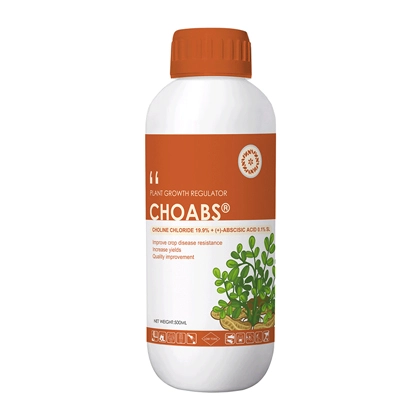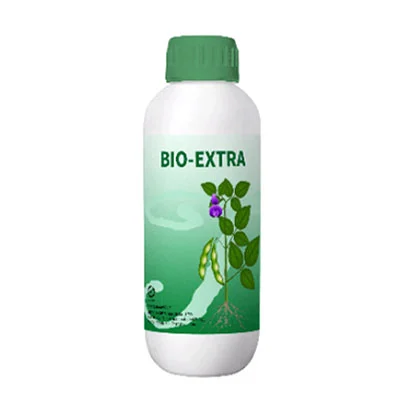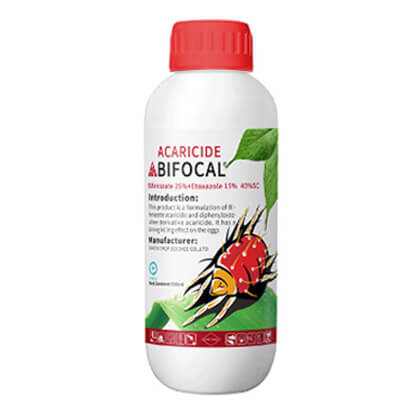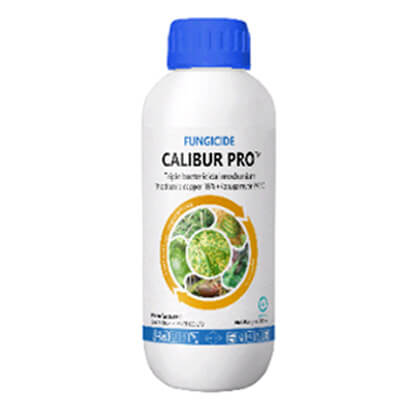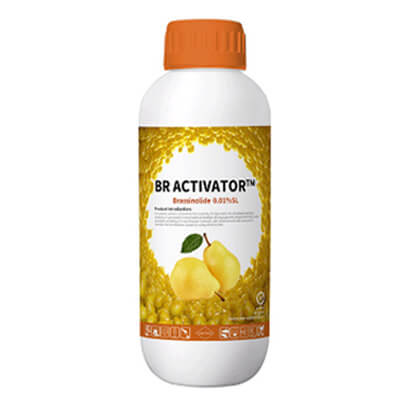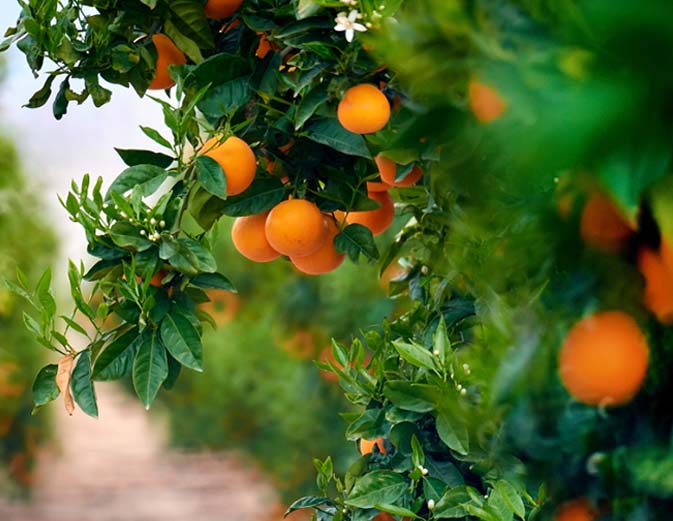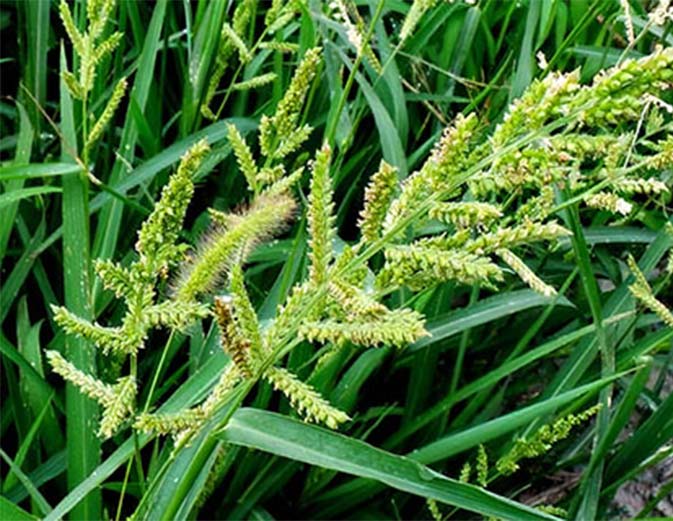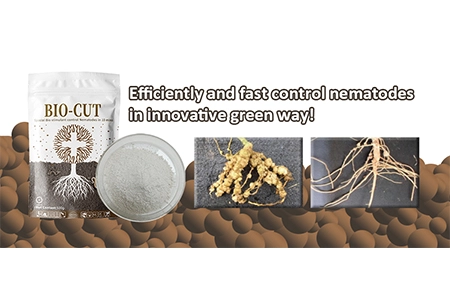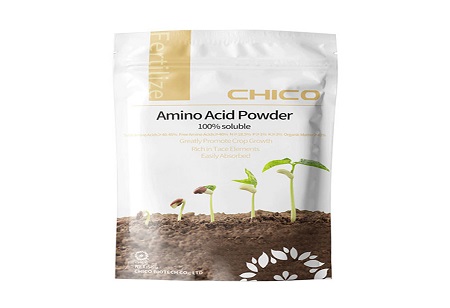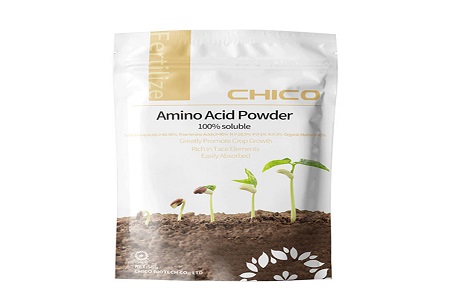
Amino Acid Organic Fertilizer: How to Apply Correctly?
Amino acid organic fertilizer is a common type of crop fertilizer. Fertilization not only improves soil fertility but also serves as an important measure to increase crop yield per unit area.
However, currently in the market, amino acid organic fertilizers are typically applied through flooding and spraying. The different element ratios in fertilizers and application methods severely affect the mode and efficiency of crop absorption. Different fertilizers and fertilization methods have varying effects and mechanisms on vegetable growth. If the nutrient composition, ratio, and application methods are not appropriate, the fertilizer may not enhance crop yield. Instead, due to low utilization rates, it can cause nutrient imbalances, significant waste, soil compaction, and environmental pollution. Today, we will use amino acid organic fertilizer as an example to discuss how to choose the appropriate fertilization method based on the composition of different fertilizers.
Flooding During Growth Period
Choosing the Timing for Fertilization
During the crop growth period, the timing for applying amino acid organic fertilizer through flooding should be arranged based on the crop's growth stage and nutritional needs. Typically, during the rapid growth period of crops (from the seedling stage to the vigorous growth stage), soil nutrients are consumed quickly, making it the optimal time for applying amino acid organic fertilizers through flooding. By regularly monitoring soil nutrient levels and observing crop growth speed and leaf color changes, one can accurately determine the timing for fertilization.
Dilution Ratio and Amount
Before flooding, amino acid organic fertilizers need to be diluted at a certain ratio to avoid excessive concentration that may harm the crop roots. The dilution ratio should be determined based on the specific fertilizer instructions and soil conditions. Generally, it is recommended to add an appropriate amount of amino acid organic fertilizer to irrigation water to ensure that the fertilizer can be evenly distributed and penetrate the area around the root system. The amount used should meet the nutrient needs of the crop at its current growth stage while avoiding over-fertilization that leads to nutrient waste and environmental pollution.
Irrigation Methods
When flooding, suitable irrigation methods should be chosen, such as drip irrigation, sprinkler irrigation, or seepage irrigation, to ensure that the fertilizer can be evenly and accurately delivered to the crop root zone. Drip irrigation and seepage irrigation methods are more efficient, reducing the evaporation losses of water and nutrients and improving fertilizer utilization rates. At the same time, controlling the water amount during irrigation is essential to avoid soil over-wetness, which can cause root oxygen deficiency.
Post-Fertilization Observation and Adjustment
After fertilization, closely monitor the growth status of the crops and the soil changes. By observing indicators such as crop leaf color, growth speed, soil moisture, and nutrient content, the effectiveness of the fertilization can be assessed. If poor crop growth or soil nutrient imbalances are detected, promptly adjust the fertilization plan to ensure healthy crop growth.
Foliar Spraying Before and After Flowering
Spraying Timing
The flowering period is a critical growth stage for crops and one of the stages with the highest nutrient demand. Foliar spraying of amino acid organic fertilizer before and after the flowering period can quickly supplement the necessary nutrients, promoting flower bud differentiation and blossom opening. Choose sunny and windless weather for spraying to avoid nutrient loss due to rain washing.
Dilution Concentration and Spraying Amount
During foliar spraying, the dilution concentration of amino acid organic fertilizer should be moderate to ensure that nutrients are quickly absorbed by the leaves while avoiding high concentrations that may scorch the leaves. The spraying amount should be determined based on crop type, growth stage, and leaf area to ensure the leaves are evenly covered with a thin layer of fertilizer solution.
Spraying Techniques
When spraying, use a sprayer with good atomization effects to evenly spray the fertilizer solution on both sides of the crop leaves. Control the sprayer pressure and spraying speed to avoid producing large water droplets that may lead to nutrient loss. Additionally, avoid spraying the fertilizer solution on flowers and young fruits to prevent damage.
Post-Spraying Management
After spraying, promptly observe the growth status and leaf changes of the crops. If abnormalities such as leaf scorching, yellowing, or spotting appear, stop spraying immediately and investigate the cause. Strengthen field management after spraying, including timely weeding, soil loosening, and pest and disease prevention, to provide a good growth environment for the crops.
